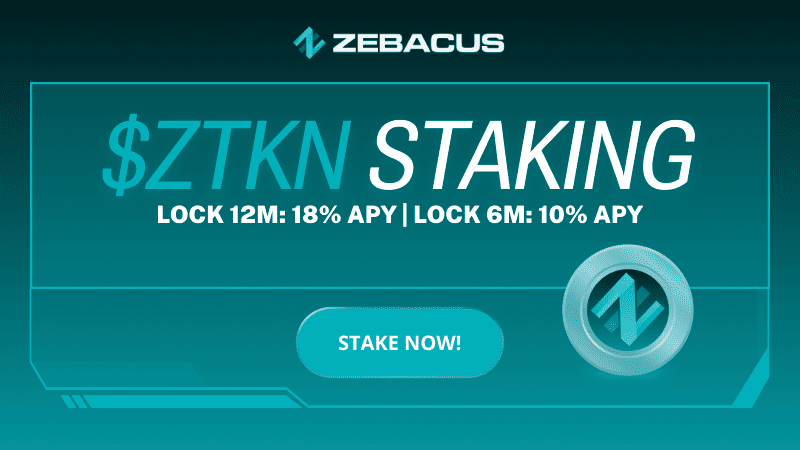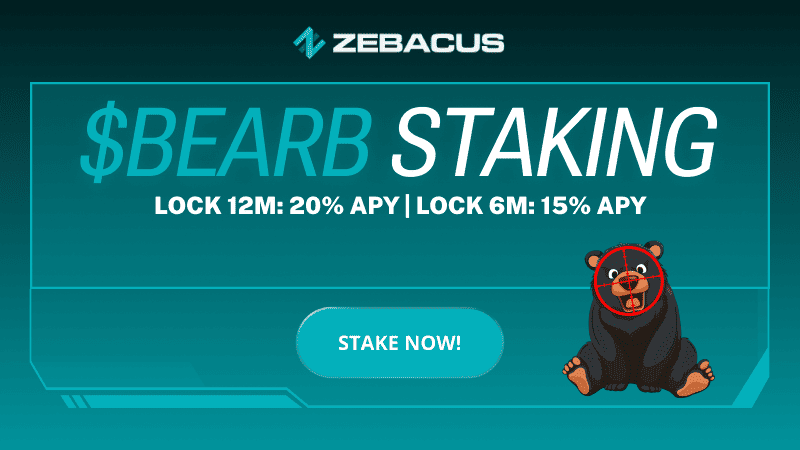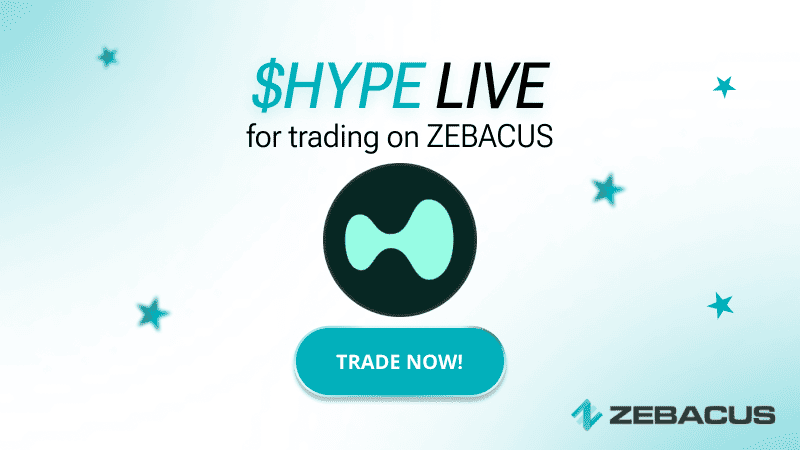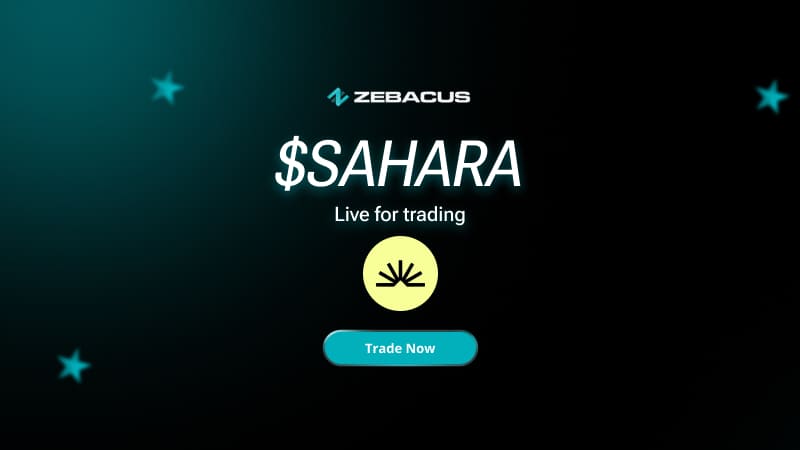BEP-2 (Binance Chain Tokenization Standard)
A technical standard for tokens on Binance Chain.
BEP-20 is a Binance Smart Chain token standard created with the intention of extending ERC-20.
BEP-721 is a Binance Smart Chain (BSC) token standard that enables the generation of non-fungible tokens (NFTs). It is considered to be an extension of ERC-721 that is one of the most popular NFT standards.
Crypto slang for a large quantity of a specific cryptocurrency. Alternatively (but less frequently) used to refer to the contents of an individual's crypto portfolio.
An investor who continues to hold large amounts of a specific coin or token, regardless of its performance.
Baking is the process that Tezos uses in order to append new blocks of transactions to its blockchain.
Baking is a process that is used by Tezos in order to append new blocks of transactions onto its blockchain.
The quantity of data capacity available for transactional activity on a network is known as bandwidth.
Bank for International Settlements (BIS)
The BIS is an international financial institution that promotes global monetary stability.
Banking Secrecy Act (BSA)
The Bank Secrecy Act (BSA) was implemented in the United States in 1970 to prevent criminals from concealing or laundering their illegal gains.
Banking as a Service (BaaS)
BaaS platforms provides a higher level of financial transparency options by letting banks open up their APIs for third parties in order to develop new services.
A basket, when used in the cryptocurrency space, refers to a collection of digital currencies managed as a single asset.
Batch auctions are a trading mechanism in which individual orders are grouped together and executed simultaneously.
A blockchain that coordinates shard chains, manages staking and the registry of validators in a PoS cryptocurrency, such as Ethereum 2.0.
Someone who believes that prices in a given market will decline over an extended period. Such a person might be referred to as “bearish.”
The attempted manipulation of a specific cryptocurrency’s price, based on the coordinated activity of a group of traders.
A bearwhale is a person who has a high number of cryptocurrencies and uses their massive account to drive the price down and profit out of it.
Benchmarking is a method of comparing the performance of your asset or investment portfolio to that of similar assets to see whether there is a gap that can be bridged by increasing performance indicators.
A benchmark index is a popular index security that is used as a gauge or benchmark, against which the progress of the broader market may be tracked.
A software pre-release stage where its access is offered to a set number of users & third-party software testers for testing it under real-world settings.
The cost that someone is willing to pay for a security, asset, commodity, service, or contract is referred to as a bid price.
Bid-ask spread is the difference between the highest price which a buyer is willing to pay for an asset as well as the lowest price that a seller is willing to accept.
The four or five biggest technological corporations, particularly Facebook, Apple, Google, and Amazon, are referred to as "Big Tech" as they enjoy the biggest shares in their respective industries.
Binance Labs is a project to nurture, invest in, and develop blockchain and cryptocurrency businesses, initiatives, and communities, as well as a social impact fund.
Binance Launchpad offers crypto-startups a platform to raise capital and market their projects to millions of crypto investors in the Binance ecosystem.
Binary code is a two-symbol system that is based on numbers, "0" and "1," to represent text, computer processor commands, or any other type of data.
A bit is a basic unit of information in computing.
A business license permitting regulated virtual currency activities, issued by the New York State Department of Financial Services.
BitPay is a Bitcoin payment service provider.
An automated teller machine (ATM or cashpoint) that allows the user to buy and sell Bitcoin.
Bitcoin Dominance is a metric that determines how much share of the overall crypto market share is owned by Bitcoin.
Bitcoin Improvement Proposal (BIP)
The standard format for documents proposing changes to Bitcoin.
Bitcoin Pizza refers to the infamous transaction where a guy, named Laszlo Hanyecz, paid 10,000 Bitcoins for two pizzas making it the first business transaction of Bitcoin in the real world.
A person who is bullish on Bitcoin.
Bitcointalk is the most popular online forum dedicated to Bitcoin, cryptocurrency and blockchain technology.
A commonly used unit, or subdivision, of a single Bitcoin.
A black swan event, also known as black swan occurrences, is a metaphor for an unexpected event that has a significant impact.
A file containing information on transactions completed during a given time period. Blocks are the constituent parts of a blockchain.
An application enabling a user to view details of blocks on a given blockchain. Also known as a blockchain browser.
A block header is a unique identifier for a block on a blockchain that is hashed on a continuous basis to supply proof-of-work for mining incentives.
A value describing the number of blocks preceding a given block in the blockchain.
A block producer (BP) is a person or group whose hardware is chosen to verify a block's transactions and begin the next block on most Proof-of-Stake (PoS) blockchains.
The coins awarded to a miner or group of miners for solving the cryptographic problem required to create a new block on a given blockchain.
In blockchain technology, block size refers to the amount of data about transactions a single block in the chain can carry.
Block time refers to the approximate time it takes for a blockchain-based system to produce a new block.
A block trade is a large-scale purchase or sale of securities that occur outside of an open market. It uses blockhouse as a financial intermediary to aid investors with risk management.
A distributed ledger system. A sequence of blocks, or units of digital information, stored consecutively in a public database. The basis for cryptocurrencies.
Blockchain 1.0 is the first generation of blockchain technology, which focuses on cryptocurrency and decentralization.
Blockchain 2.0 is an extension to blockchain 1.0 as it introduced the concept of decentralization of business and markets through smart contracts and improved security and transparency.
Blockchain 3.0 is the final developmental stage of blockchain technology, which predicts global, institutional and enterprise adoption.
A blockchain explorer is simply a search engine allowing users to browse through blockchain records.
The blockchain trilemma is the set of three issues that plague blockchains: decentralization, security and scalability.
A tool developed by Bollinger to help in the recognition of systemic pattern recognition in prices; it is a band that is plotted two standard deviations away from the simple moving average, or exponential moving average in some cases.
A bonding curve is a mathematical curve that defines the relationship between the price and the supply of a given asset.
Automated software that can carry out tasks such as cryptocurrency trades.
A cryptocurrency bounty is a reward users receive for performing tasks assigned by a given blockchain or project.
In the world of cryptocurrencies, breaking the forward compatibility of cryptoassets is seen in hard forks of a cryptocurrency.
A blockchain bridge allows the seamless transfer of data or tokens between two different blockchain projects.
A browser extension is a plugin for an internet browser that adds additional features.
An attempt to crack a password or key through automated trial and error.
When an asset is traded at a price exceeding that asset's intrinsic value.
A reward offered for the identification of vulnerabilities in software.
A bug exploit is an attack that take advantage of a system's vulnerabilities.
A person that is optimistic and confident that market prices will increase, this person is also known to be "bullish" about the market or price.
A bull trap occurs when a steadily declining asset appears to reverse and go upward, but soon resumes its downward trend.
Cryptocurrency tokens or coins are considered “burned” when they have been purposely and permanently removed from circulation.
A buy wall is a disproportionately large buy limit order placed on a cryptocurrency exchange.
Byzantine Fault Tolerance (BFT)
Byzantine Fault Tolerance (BFT) is the property of a computer system that allows it to reach consensus regardless of the failure of some of its components.
Byzantine Generals’ Problem
A situation where communication that requires consensus on a single strategy from all members within a group or party cannot be trusted or verified.
The Byzantium hard fork was geared towards making Ethereum's smart contracts suitable for usage in the commercial space and to increase the speed of the transactions with an enhancement in the security on its blockchain






